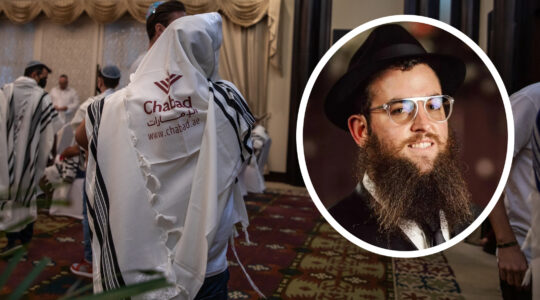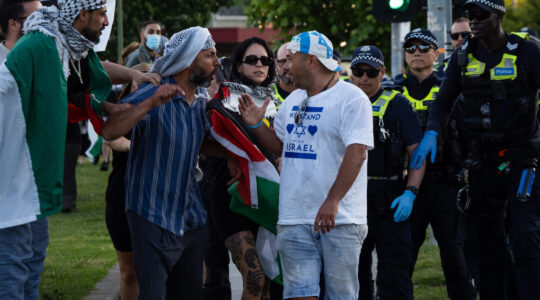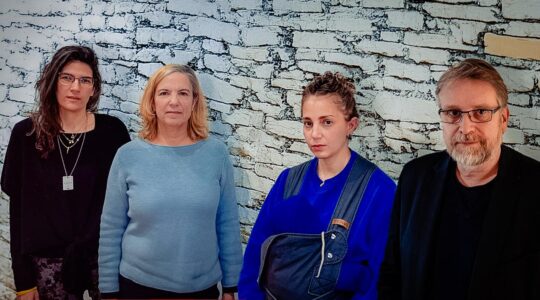I’m off to Belgrade, Serbia, today for five nights before I move into a little flat in Westminster for about a month of London-based reporting.
Why Serbia? Part of it is simply the appeal of geography. I’ve been dying to go to the Balkans for years.
Yes, Thessaloniki in northern Greece, where I spent a week covering the European Union of Jewish Students’ Summer U, is sometimes referred to as the "Seattle of the Balkans" — but I’m not sure Greece counts. I haven’t been anywhere else in that part of the world — and as I begin to wind down my European tour, I’m beginning to realize I’m running out of chances to hit some of these dream locations.
Budapest was a fantastic Central European base, so I figured I’d throw in one more regional destination before I relocate to the other side of the continent.
Of course, I’m mostly going to report. Serbia’s Jewish community may be small, but it seems like there are a host of stories to be found in Belgrade and its surroundings.
[[READMORE]]
According to the 2002 Serbian census, the nation has just over 1,000 Jews — but from conversations I’ve had with Serbian Jewish leaders, like Belgrade cantor Stefan Sablic, who I met at that arts conference in Avignon in July, the number may be much higher. Try 3,000 or even 3,500.
Belgrade, led by Sablic and his colleagues, seems to be in the middle of a Jewish artistic revival, with a popular music festival held in the synagogue’s courtyard and an emerging Jewish theater effort.
I’ll also be in Serbia for Sukkot, and there’s nothing I love more about this job than the chance to observe different communities’ holiday rituals — especially for such a joyous, vibrant holiday like Sukkot. When I get in to Belgrade, the synagogue will be my first stop. Services tonight begin at about 5 p.m., and I’m anxious to meet the community.
Not everything is on the up in Belgrade, though. Sablic told me that the community is in the middle of a nasty fight about restitution and communal leadership, which has manifested itself in a war of words and also allegations of illegal board meetings and breaking into buildings.
And of course, I’m interested to take a look at the toll years of instability and war have taken on a Jewish community. As one of the largest Jewish communities in former Yugoslavia, Serbia’s somewhat unique in that respect.
I have about 30 minutes until my flight departs Budapest’s Liszt Ferenc International Airport, and as I read through this blog post, I’m aware of how rambling and scattershot it is.
But perhaps that’s the point.
There’s an almost overwhelming number of threads to follow in the course of my five days in Belgrade, and I quite like the idea of visiting a country without knowing exactly where my reporting will take me. I may spend all five days in Belgrade or I may pop up to Novi Sad — Serbia’s second city, located about 50 miles north — for a day trip or overnight.
Novi Sad’s synagogue is no longer used for religious purposes, but it’s become a cultural and artistic destination for the city, just like some of the shuls I visited earlier this week in Slovakia.
There’s a lot to explore — and rest assured, no matter where Serbia leads me, I’ll keep you all updated.
JTA has documented Jewish history in real-time for over a century. Keep our journalism strong by joining us in supporting independent, award-winning reporting.





